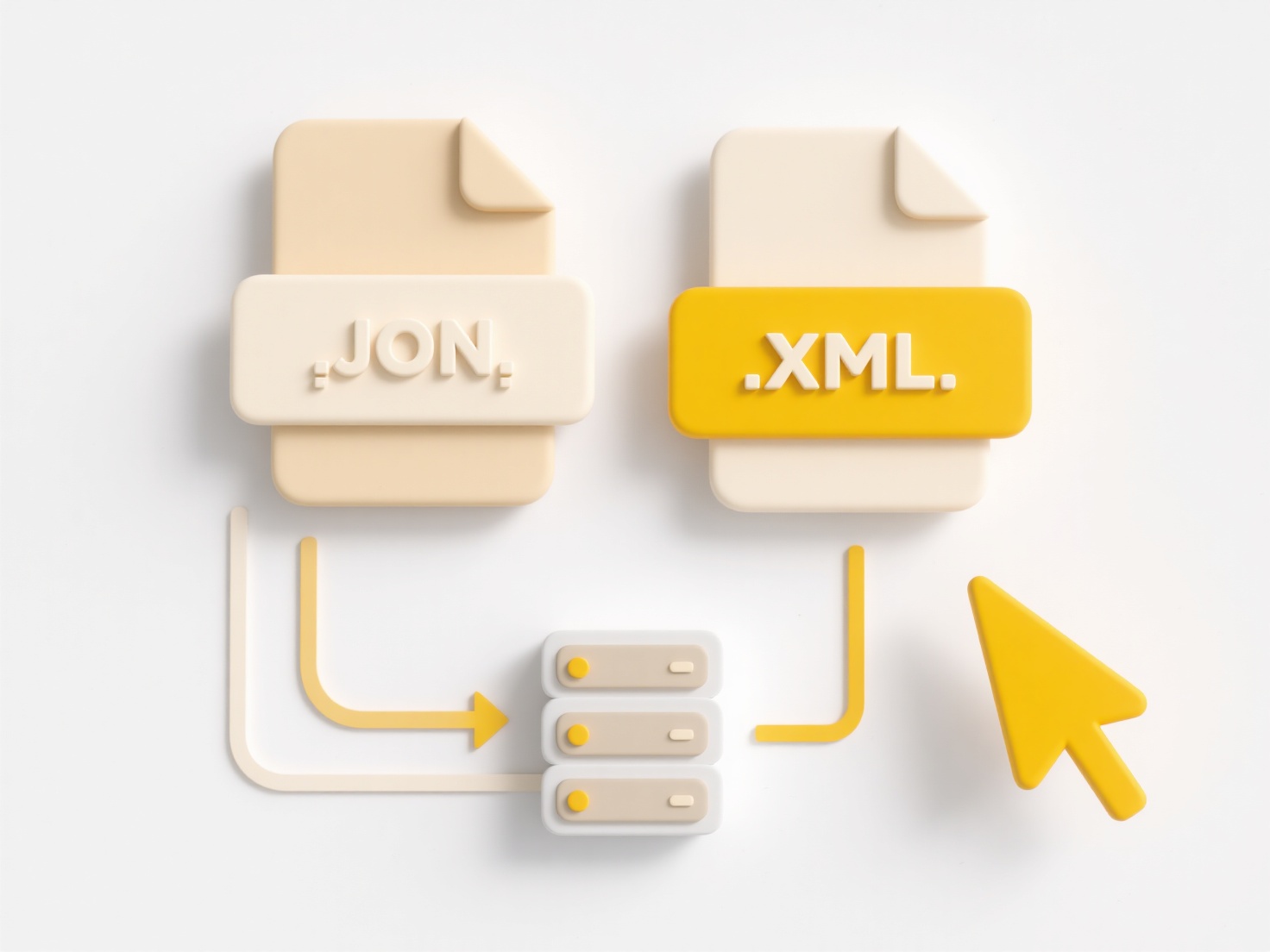
File spoofing is possible and refers to manipulating a file to disguise its true format or content. This involves altering identifiers like the file extension (e.g., renaming "malware.exe" to "document.pdf") or modifying internal header information that applications use to recognize file types. The goal is to deceive systems or users into misidentifying the file, often bypassing basic security checks that rely solely on the extension or header.
This technique is frequently exploited in cyberattacks. A common example is attaching malicious executables disguised as harmless documents (PDF, DOCX) to phishing emails. Another example is embedding malware within files like images (JPG, PNG) that appear legitimate but execute harmful scripts when opened. Attackers rely on users trusting familiar file types and systems misinterpreting the disguised content.

Spoofing poses significant security risks, enabling malware delivery and data breaches. While it bypasses naive security relying only on file names, robust defenses like antivirus content scanning, digital signatures, sandboxing, and user education mitigate the risk. Recognizing spoofing highlights the need for layered security, moving beyond simple file naming conventions to verify actual content before execution.
Is it possible to spoof a file format?
File spoofing is possible and refers to manipulating a file to disguise its true format or content. This involves altering identifiers like the file extension (e.g., renaming "malware.exe" to "document.pdf") or modifying internal header information that applications use to recognize file types. The goal is to deceive systems or users into misidentifying the file, often bypassing basic security checks that rely solely on the extension or header.
This technique is frequently exploited in cyberattacks. A common example is attaching malicious executables disguised as harmless documents (PDF, DOCX) to phishing emails. Another example is embedding malware within files like images (JPG, PNG) that appear legitimate but execute harmful scripts when opened. Attackers rely on users trusting familiar file types and systems misinterpreting the disguised content.

Spoofing poses significant security risks, enabling malware delivery and data breaches. While it bypasses naive security relying only on file names, robust defenses like antivirus content scanning, digital signatures, sandboxing, and user education mitigate the risk. Recognizing spoofing highlights the need for layered security, moving beyond simple file naming conventions to verify actual content before execution.
Quick Article Links
Can I preview files without opening them fully?
File previewing allows viewing a file's content immediately without launching the dedicated application or loading the e...
Can I change how “Open With” behaves system-wide?
The "Open With" functionality determines which application automatically opens specific file types when double-clicked. ...
Why don’t files from external drives show in search?
When files from an external drive don't appear in your computer's main search results, it's usually because search index...